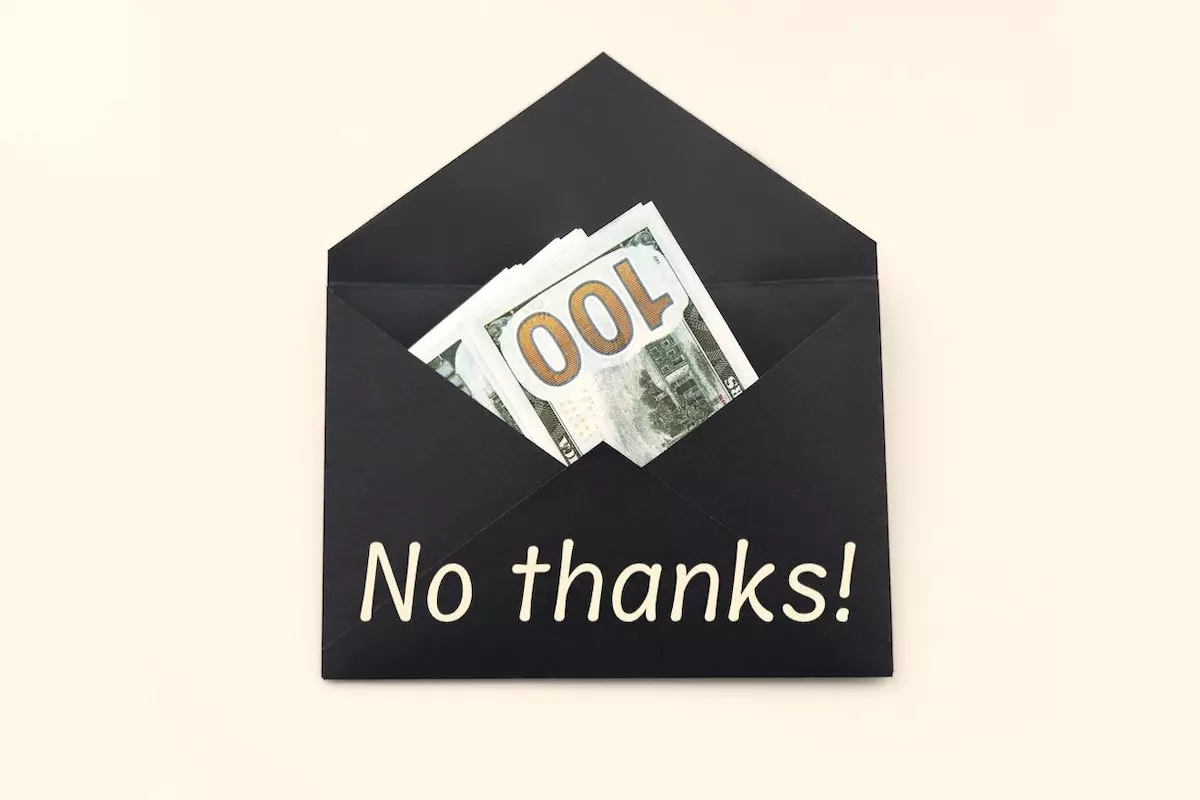Warning: If you’re a cash stuffing devotee, you’re not going to like what I have to say.
I’m a staunch exponent of living within one’s means, saving money and investing for a better future. However, that doesn’t mean that I like or agree with every saving hack or “expert” advice out there.
For example, I don’t think cutting up credit cards effectively deals with the root cause of compulsive spending. While it does prevent one from chalking up more debts in the short term, the underlying problem remains and there’s no guarantee that he won’t apply for new cards further down the road. To achieve long-term success, one must adopt a completely different money mindset and develop healthy financial habits that will have a lasting, positive impact on his life.
Another saving hack that doesn’t blow my mind is cash stuffing (aka the envelope budgeting system), which utilises cash and envelopes to structure expenses. It seems like a good method on the surface, but like a pair of high heels, it lacks practicality and is NOT a good option if your objective is to go the distance with your money.
- Cash Stuffing in a Nutshell
- Cash Stuffing: What’s the Hype?
- My Problem with Cash Stuffing
- Can Anyone Benefit from Cash Stuffing?
1. Cash Stuffing in a Nutshell
For the uninitiated, cash stuffing is a budgeting system that involves splitting your monthly income into various spending categories. Each category is assigned a physical envelope, which is used to hold the budgeted cash. For instance, if you’ve a budget for groceries, simply label an envelope for that category and fill it with the amount you’ve allocated. Whenever you buy groceries, you should only use the money in the designated envelope, which you can refill with the same amount each month.
The number of categories is entirely up to you and you can choose to be as broad or detailed as you like. Some people only have a few envelopes for the more generic categories like transport, dining out, and entertainment. Others have multiple envelopes for specific categories like taxi rides, weekday breakfast, and Sunday outings.
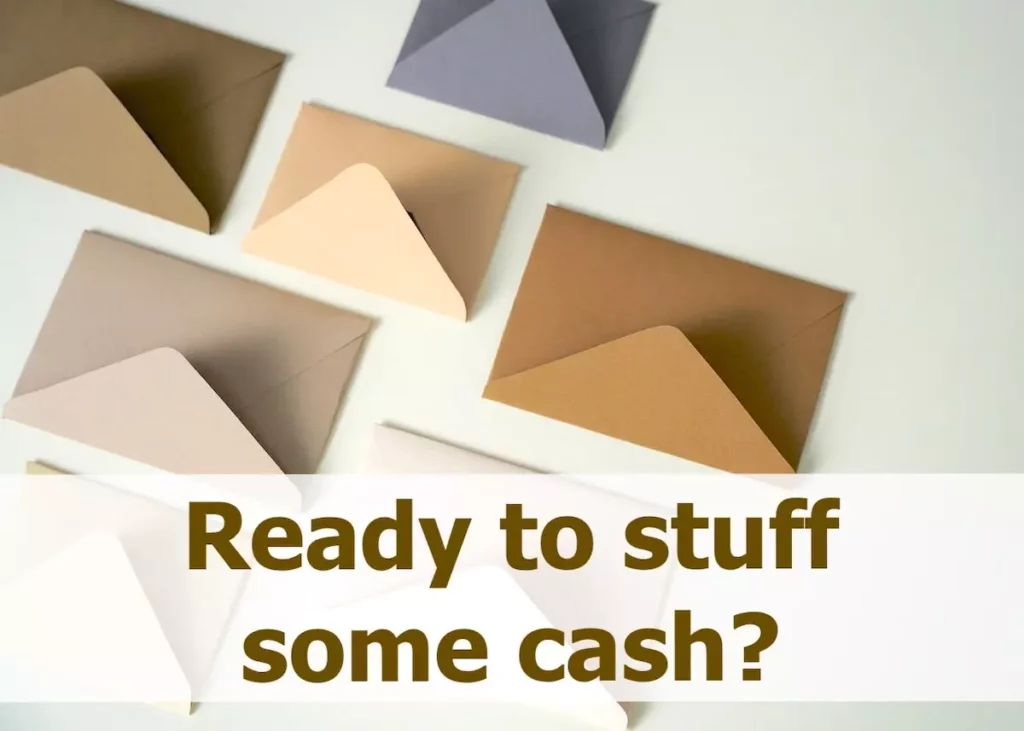
2. Cash Stuffing: What’s the Hype?
Like the latest fashion trend or fad diet, cash stuffing has been getting some serious exposure on TikTok in recent months. The #cashstuffing tag has more than 200 million views, imagine that!
It’s not a new concept. Financial guru Dave Ramsey first started advocating a similar “cash envelope system” when Gen Z were still in diapers. Many financial YouTubers have also covered the topic over the years.
So why is there so much hype around cash stuffing? Well, devotees swear by the method as it forces them to work out a budget for each spending category. Stashing their money in separate envelopes also means that they don’t have to keep track of their expenses in their heads. Importantly, by choosing cash as the preferred mode of payment, they’re more mindful of their spending as they can see the actual money leaving their hands. This helps to prevent excessive spending and debt caused by regular credit card use.
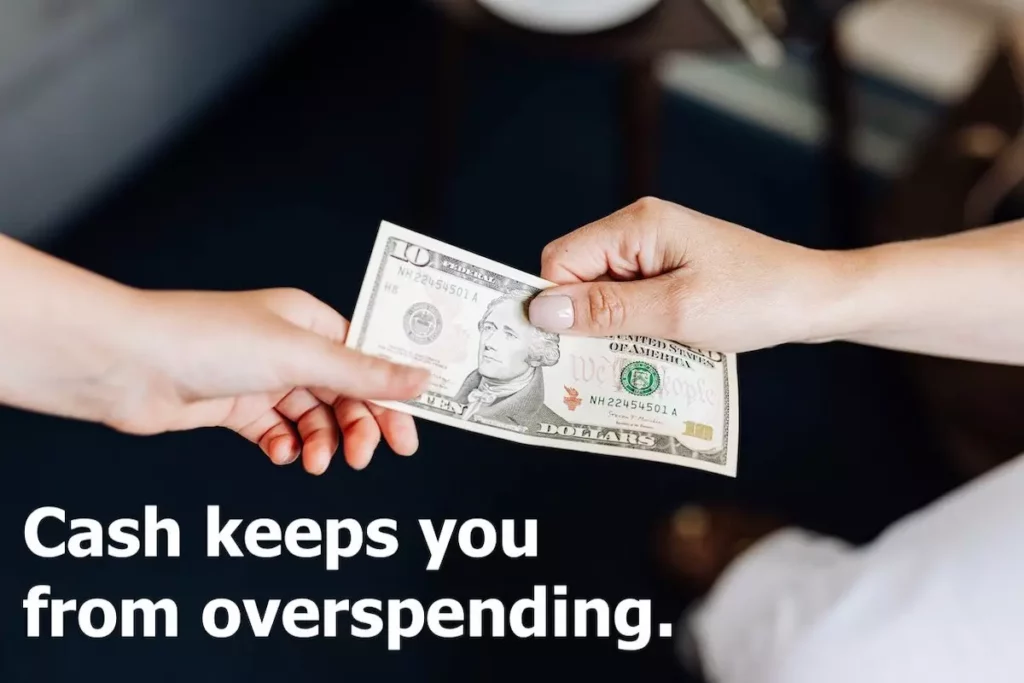
Sounds like an excellent plan, right? Not quite.
3. My Problem with Cash Stuffing
Although I think it’s awesome that people are promoting good personal financial management on TikTok, I do not recommend cash stuffing as a long-term budgeting system.
It’s Impractical in an Increasingly Cashless World
Look, I do understand the idea behind using cash instead of its digital equivalent. I happen to be an old-school kind of gal, so I’m actually against the move towards a cashless society.
It is true that our relationship with money is altered when we shift to cashless transactions. It’s psychological. When money is physical, it is more “real”, so we’re more conscious of how much we’re spending. But when we use electronic payment methods, money becomes intangible, so we tend to be less financially prudent. Little wonder financial institutions are pushing for a cashless economy. It encourages spending and consumerism! And don’t get me started on privacy concerns and cyber crimes! That’s another story for another time…
I wish I can say that this will not be our future, but even cash stuffing devotees know that the transition to a cashless society is as inevitable as Earth’s rotation. It’s being imposed upon us whether we like it or not. There is no escaping the situation; we simply must accept it.
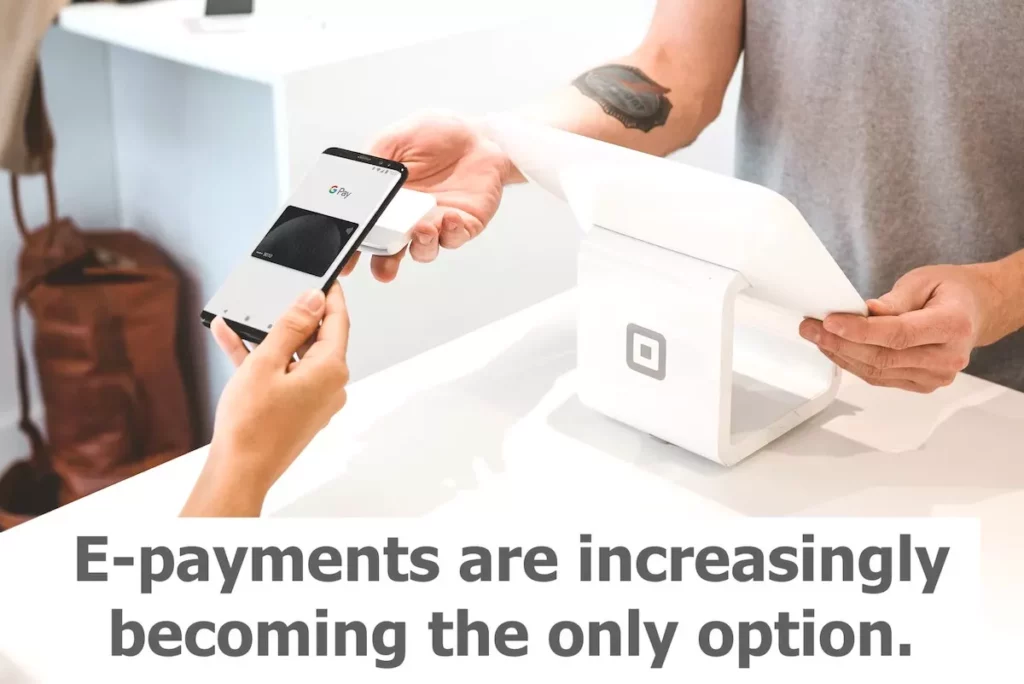
That’s why I don’t get why people are promoting cash stuffing like it’s the next big thing when it’s in fact the exact opposite. Why encourage something that’s facing obsolescence? Why stick to the old ways when it’s about time to adapt to changing conditions?
As much as I love physical currency, I know I have to keep up with the times. As much as I loathe digitalisation, I know I have to learn and get used to it, and the best way to learn something is to engage it.
We should be preparing young people for a growingly digitalised world instead of suggesting that they avoid it by stubbornly clinging on to cash and envelopes, no offence! Imagine school teachers telling students to use the typewriter instead of the computer because computers may get infected by viruses. Get my point?
Let’s teach the young how to spend responsibly in today’s context. Remind them that even though money may seem abstract, the decisions they make with it have real consequences. Better still, show them how to harness technology to manage and grow their wealth!
We should be preparing young people for a growingly digitalised world instead of suggesting that they avoid it by stubbornly clinging on to cash and envelopes, no offence!
It Saves You Here, Only to Rob You There
And it gets worse. Cash stuffing is literally costing its devotees money every month.
Firstly, time is money, and cash stuffing has to be the most time-consuming budgeting system out there. Every month, one will have to go to an ATM to withdraw money. That’s the easy part. Say he withdraws $2,000, all in $50 denomination. He’ll have to find a way to break some of the money into smaller notes and coins before he can sort the cash into their respective envelopes. Good luck to him if he has 25 envelopes requiring different amounts, including odd ones like $247.85!
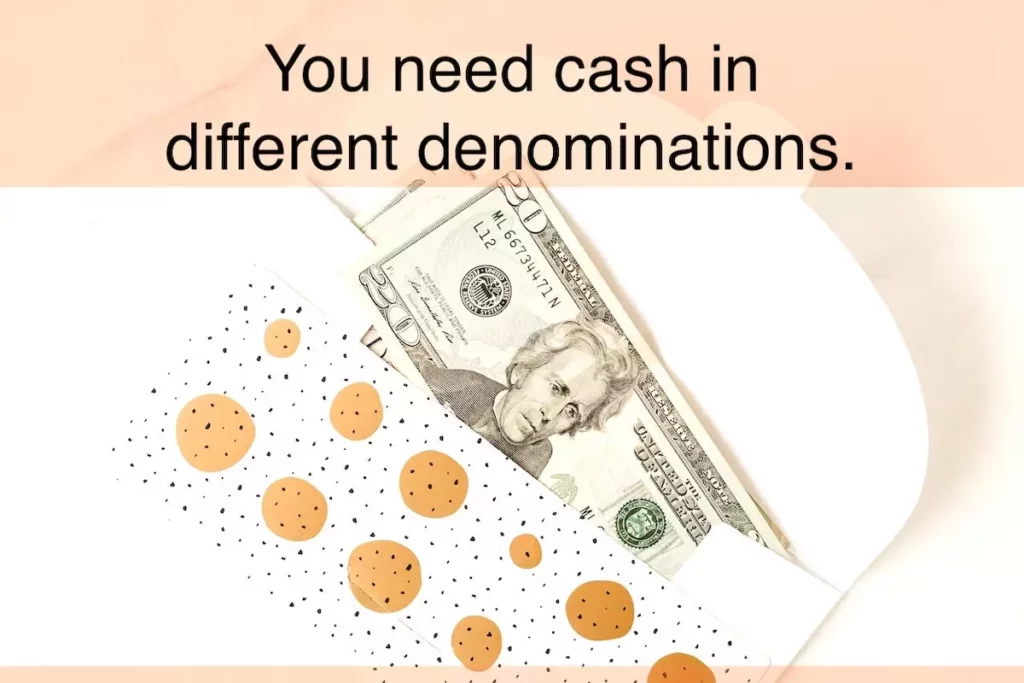
To go through all that hassle month after month, this person obviously has a lot of financial discipline and willpower. He should have no trouble regulating his spending even if it’s in digital form. So why can’t he keep track of his expenses with a good budgeting app (many have free versions) or even a spreadsheet? This gives him the flexibility to choose between electronic and cash payments, whichever is more convenient and cost-effective. No mental accounting required too!
Check out my two-part series: How to Cut Expenses to Retire Early: Getting Started and Realistic Budgeting
Secondly, cash-only transactions mean one hardly purchases things online, which can be cheaper than shopping in physical stores. Travelling to the stores also increases his transportation costs and takes up more of his precious time. He also has to go through the stress of jostling with fellow shoppers and queuing up to make payments.
Personally, online grocery shopping has given me more bang for my buck. I can browse through each category carefully and hunt for bargains in the comfort of my own home. In the supermarket, I tend to get overwhelmed by all the fully stocked shelves and it’s simply impossible to scrutinise every price tag.
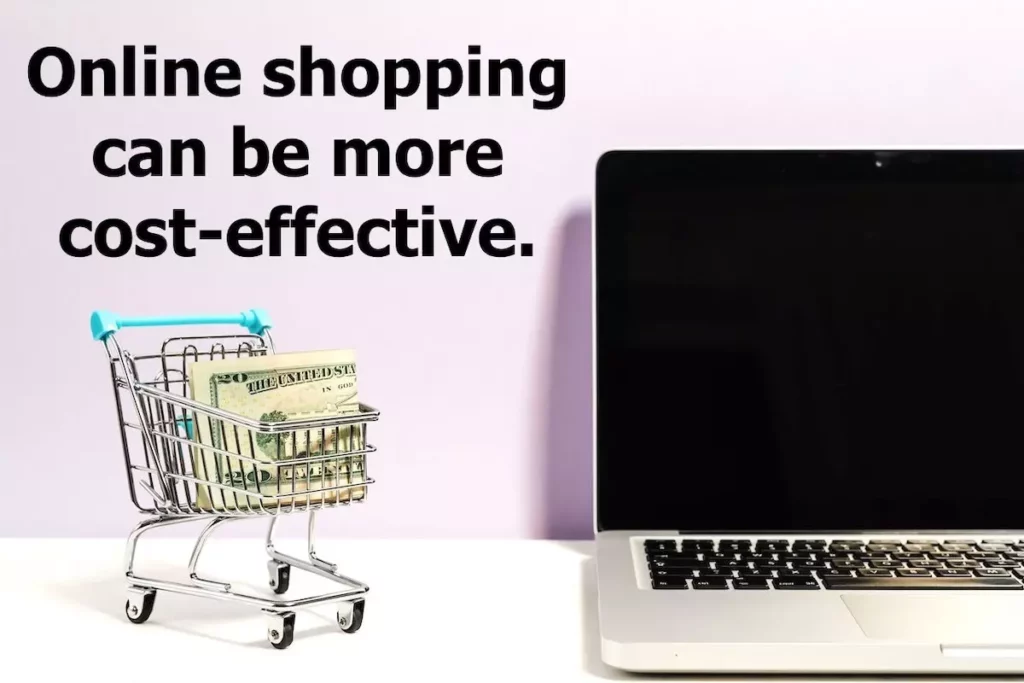
Thirdly, credit cards offer many benefits such as cash rebates, reward points, discounts and air miles. In my article, 6 Types of Spending Triggers and How to Overcome Them, I shared that Mr Wow and I enjoy taking advantage of 1-for-1 dining offers on special occasions like our wedding anniversary. We also accumulate the reward points on one of our cards, which we redeem for retail vouchers to do our annual Christmas shopping. Another card gives us cash rebates on dining and groceries.
Why would anyone want to give all that up? Because they don’t think they’re capable of using credit cards like responsible adults? But they’re responsible enough to come up with a budget and practise cash stuffing for months and even years? Frankly, I think they need to give themselves a little more credit (literally).
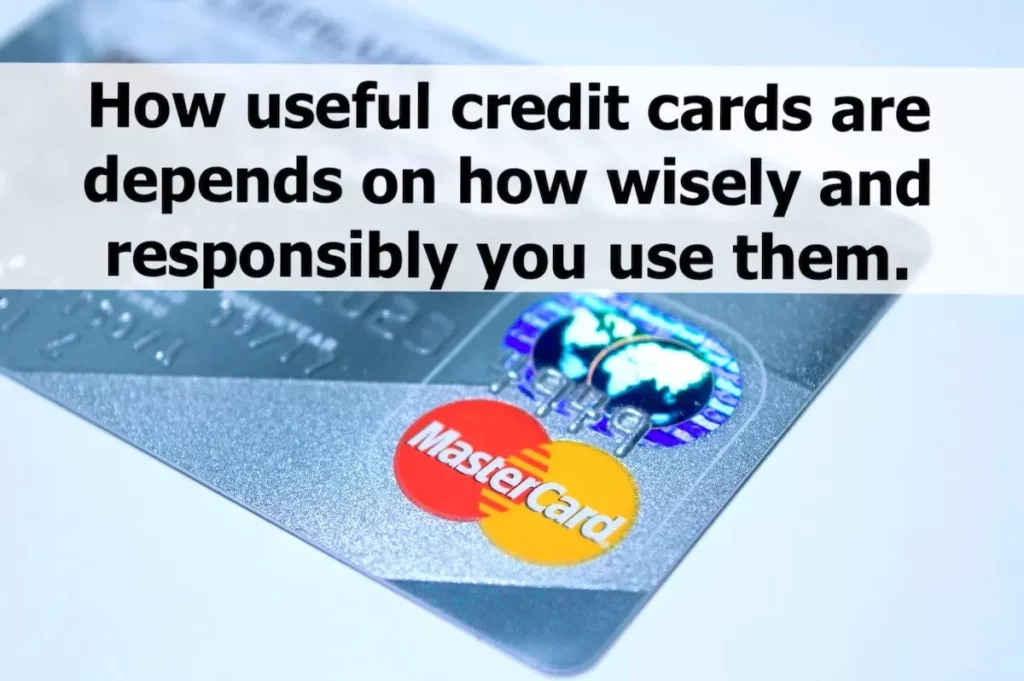
4. Can Anyone Benefit from Cash Stuffing?
All things considered, I would only recommend cash stuffing to three groups of people:
- Kids who are on a monthly cash allowance: They have no income and probably no bank account of their own. Parents can use cash stuffing as a fun way to teach them the merits of budgeting.
- Adults who are new to budgeting: The initial process of creating a budget and following it can be challenging or even stressful for some people. They may also need time to explore different budgeting apps before finally settling on one. If they prefer, they can start with the cash stuffing system and gradually make the transition.
- Adults who are prone to impulse spending: Yes, to break the bad habit, they should abstain from credit cards for a while, go back to basics and learn how to handle money in a practical manner. In this case, cash stuffing is like a detox programme — it’s not meant to go on indefinitely. Rather than avoiding credit cards altogether, it’s better to learn how to use them responsibly.
Check out: Cut Your Expenses: Quit Buying These 8 Useless Things and 5 Reasons for Vacation Overspending
To reiterate, I DO NOT recommend cash stuffing for the long run. There’s so much to learn when it comes to managing our personal finances. If cash stuffing is the best you can do in this day and age, you need to up your money game.
Related posts: Why You Should Track Your Expenses Down to the Penny | The Compulsive Consumer vs the Austere Saver

